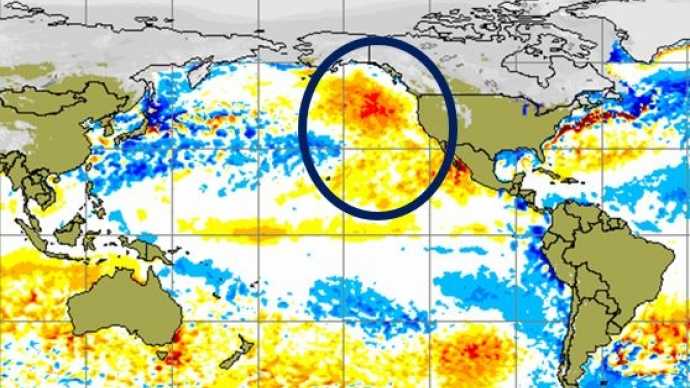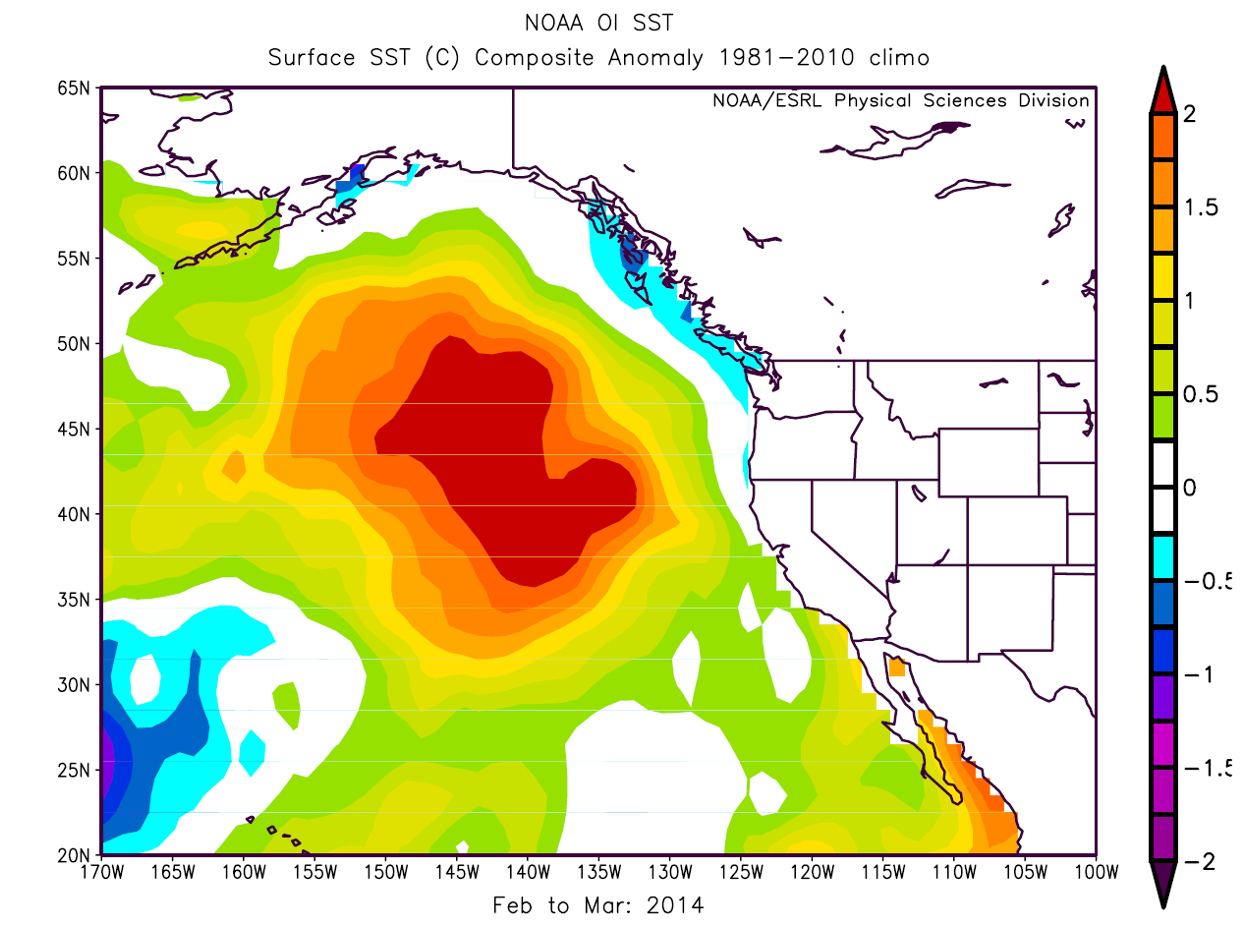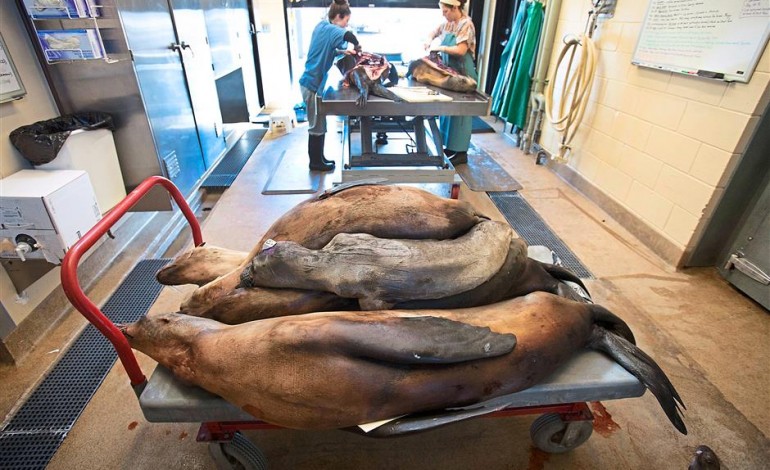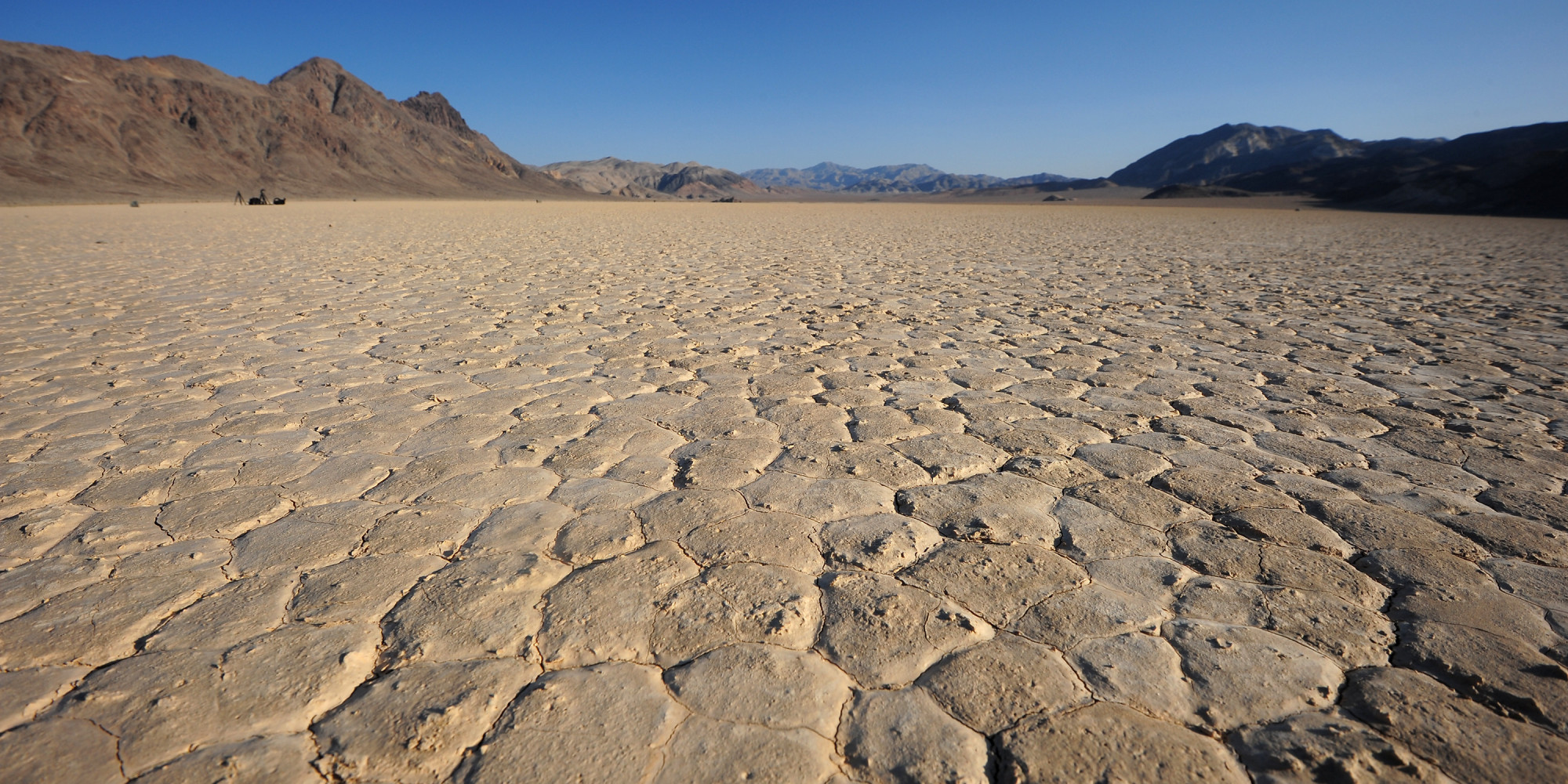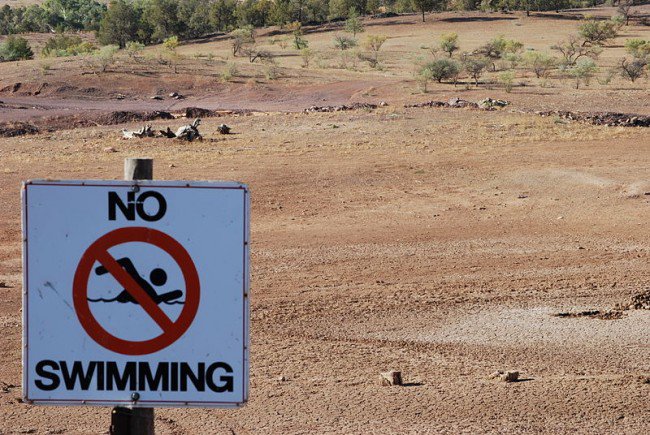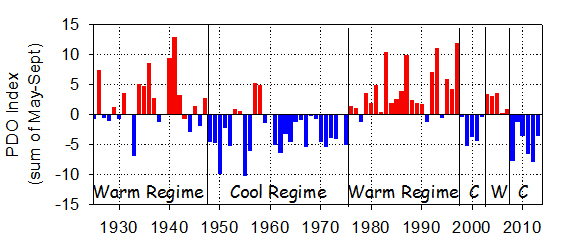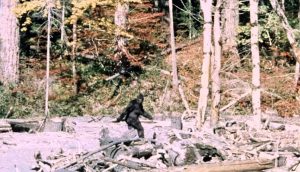The Blob: A Meteorological Mystery
The Blob is a brand new meteorological phenomenon, its whimsical name belies the evil glint in its eye. This fledgling beast is causing the deaths of thousands of marine mammals and birds and at the same time intriguing and confusing meteorologists on a global scale. At a time when America’s west coast is suffering long painful droughts and their east coast is being drenched, many believe The Blob is to blame.
In brief, The Blob is a large section of warm water sat off the Pacific coast of North America. Normally warm and cold sections of air come and go across the globe, but what’s weird about the Blob is that it’s just sat there, stubborn and sturdy. It is neither coming nor going. It was first detected in the latter part of 2013 and it’s expected to hang five throughout the remainder of 2015.
In February 2014, the temperature of The Blob was around 2.5 °C (4.5 °F) warmer than the usual temperature at that time of year. Although 2.5 °C doesn’t sound like a lot, a temperature change of that size in meteorological terms is pretty significant. In fact, according to ocean temperature records, the North Pacific Ocean has never experienced temperatures this high for so long.
Nicholas Bond of the Joint Institute for the Study of the Atmosphere and Ocean at the University of Washington was the first to notice this giant balmy patch. He coined the term “The Blob” and it seems to have stuck.
How Big Is The Blob?
In a word: big. Initially measurements showed The Blob at 500 miles (800 km) wide and 300 feet (91 m) deep. Since 2013 it has expanded to 1,000 miles (1,600 km) long, 1,000 miles (1,600 km) wide and 300 feet (91 m) deep; this invisible mass is currently lying along the coast (split into three joined up lumps) from Mexico to Alaska.
The Effects Of The Blob: Flora & Fauna
This Blob is having a significant impact on the flora and fauna of the Pacific. It doesn’t take much of a temperature change to affect the lives of plants and animals. Submarine ecosystems are almost exclusively dependent on tiny zooplankton, so if you muck with them, the whole balance is shifted off kilter.
Warm waters are less nutrient rich than colder waters which zoom up from the depths, so zooplankton isn’t doing well in the region of The Blob. If there is less zooplankton around there will be less of the things that feed on zooplankton and consequently less of the things that feed on the things that feed on zooplankton survive and so on. And so on.
Salmon numbers this year are way down, and as many as 10,000 malnourished sea-lion pups have washed up on California’s beaches. This has a knock on effect for bird life; for instance thousands of Cassin’s auklets have starved due to lack of food in Oregon.
On the other side of the coin, critters that revel in warmer climbs have been on the rise. Warm water thresher sharks, pygmy killer whales, skipjack tuna and ocean sun fish have all been seen way out of their normal ranges, many as far up as Alaska. Some species of warm weather birds have also followed suit, like brown boobies. Scientists are worried that the food web across the Pacific is rapidly becoming unraveled.
The effects of this wall of persistent high pressure have also been seen in life on land. The temperature change (or lack thereof) has kept the West unusually dry and warm. Mountains are snowless and the plains are bone dry. This has produced an increase in thunder storms and consequently wildfires.
On the opposite side of America they have received the opposite effects. The warm rising columns of air in the West are causing a cold fall out in the Midwest and Northeast with record snow depths over the last two seasons.
Causes Of The Blob
It’s tempting to blame The Blob on global warming and fossil fuels, but actually, meteorologists don’t think it’s connected. The Blob may well enhance global warming’s effects and help it along the way, but it’s difficult to know exactly what the base causes are.
As you can imagine with something of this scale and rarity, the jury is out as to its genesis and eventual consequences; but there are some theories.
The immediate cause of The Blob is fairly well understood. A lower than normal rate of heat loss from the sea to the atmosphere, made worse by lower than usual water circulation resulted in a stagnant upper layer of water. This is due to a static high pressure region in the atmosphere which has existed since spring 2014. This lack of air movement impacts the ocean currents which are normally influenced by the wind and the general stirring of surface waters.
Essentially, there were less storms kicking off so the surface of the ocean got cooled down less than normal. So rather than the increased temperature being due to excess heating, it is due to a lack of cooling.
So that’s the general basis of things, but why is this happening? Why is The Blob sat out there so stubbornly? One theory is that this wedge of warm water is the beginning of a poorly understood event called the Pacific Decadal Oscillation (PDO). During a “warm” PDO phase the west Pacific gets cooler and some of the eastern ocean warms up; during the “cool” PDO phase, these changes reverse.
The warm phase is thought to encourage El-Nino type activity and the colder phase, discourages El-Nino action.
Those that believe The Blob is a forerunner for a PDO reckon there could be more severe weather to come. However, as is the norm in weather science, not everyone is in agreement that a PDO is on its way. But, most climatologists are fairly certain that something significant is going on.
Only time will confirm how major this weird Blob really is, but many are predicting that when it finally breaks there will be some long wet winters for many people across the Americas.
MORE WEATHER:
HOW TO FORECAST THE WEATHER FROM THE CLOUDS
OYMYAKON: THE COLDEST TOWN ON EARTH

